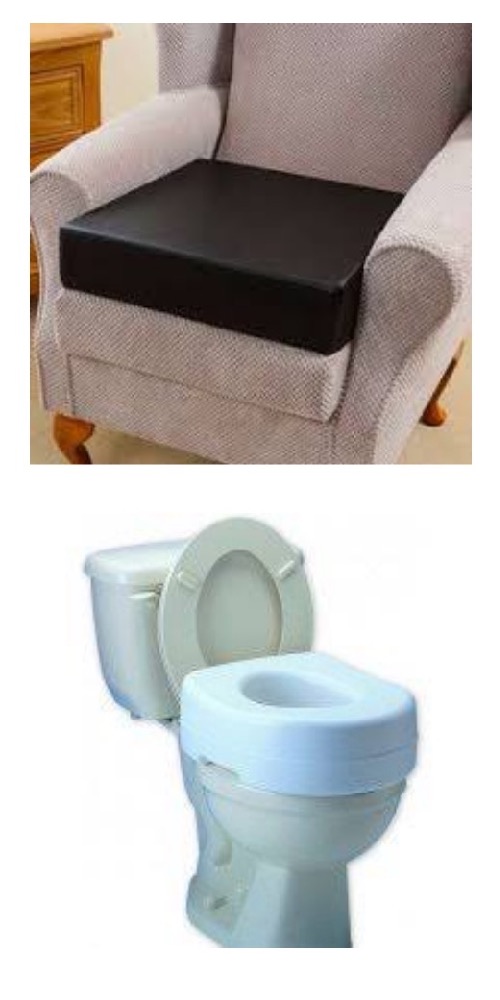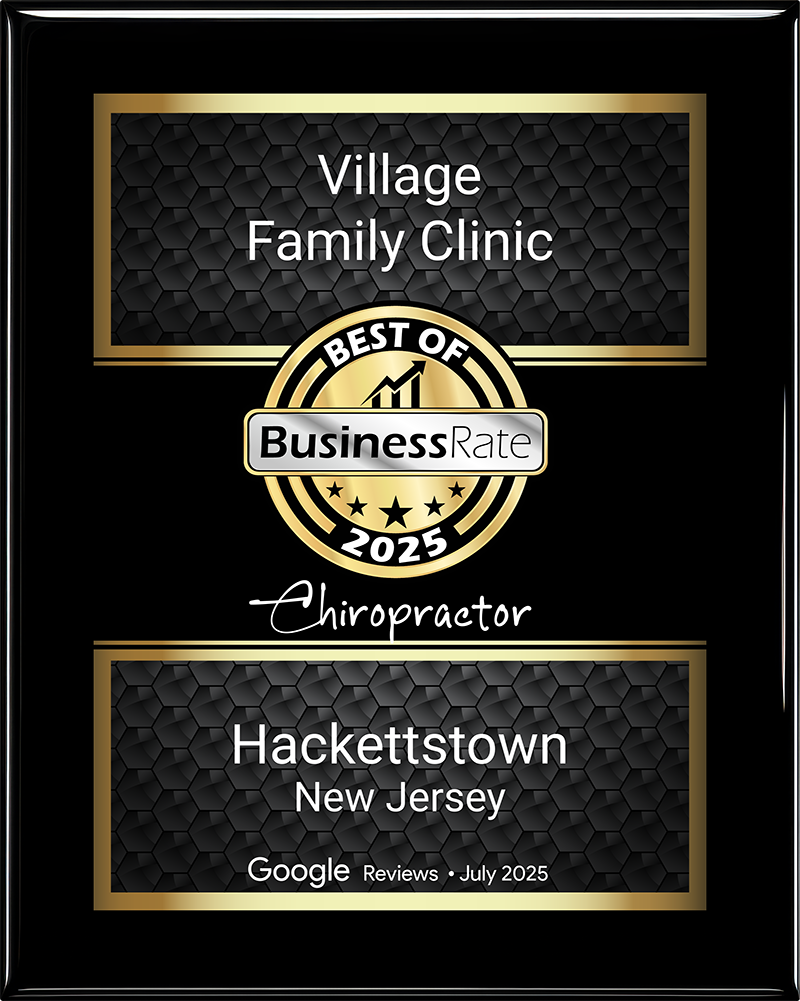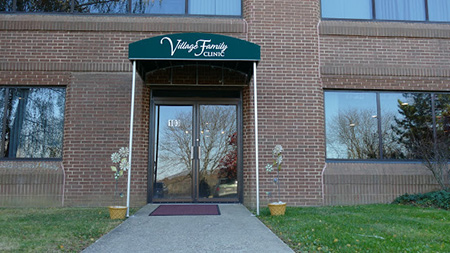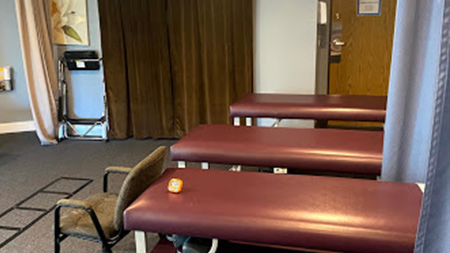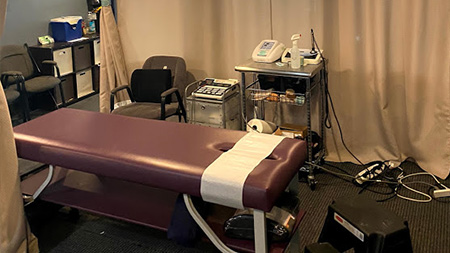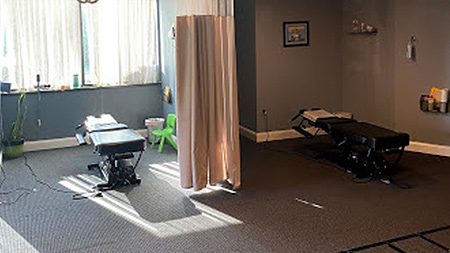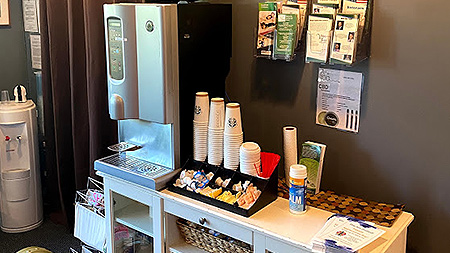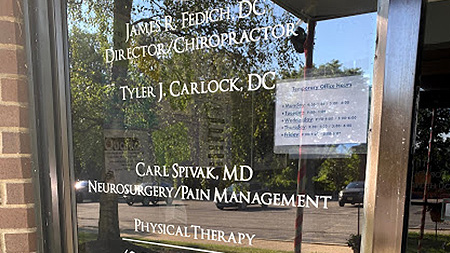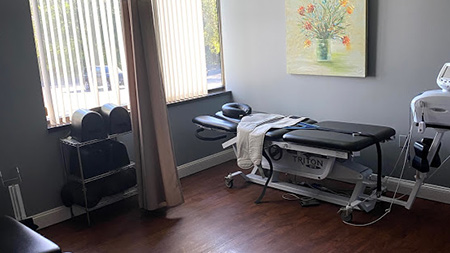Things to help while you are recovering from a leg injury or surgery
If you are someone who has ended up with a leg injury that either required immobilization, reduced weight bearing or surgery here are some helpful hints to help while you are recovering.
- Difficulty getting up and down from chairs or toilets:
For chairs a simple fix is place 1-2 pillows or cushions in the chair seat and use a chair with armrests to allow you to use your arm to assist with getting up. This will reduce the force and energy required to get up and down to the chair seat.
For the Toilet you can purchase either a clip on toilet seat riser with or without armrests or a commode chair to keep near the bed at night. - Use the right walking aide for the job:
Frequently after a leg injury or surgery there will be a time ranging from a few days up to 2-3 months where you will not be allowed to put all or any of your weight on the injured limb.
There is a large array of walking assistive devices but there typically 3 types:
- Walkers: this is the most stable of the walkinging aides and usually are the preferred device in the early injury or post surgery time.
Advantages: stable, allow for maximum arm assistance, good for patients with existing balance issues.
Disadvantages: bulky, cannot go up and down stairs - Crutches: using two crutches can allow for the same level of reduction of weight bearing of
the leg as a walker. There are two standard types the most common is the Axillary and the
other is the Loftstrand (forearm) crutch.
Advantages: Allows for quicker movement, can go up and down stairs, can move about in more compact spaces Disadvantages: Not as stable as a walker so requires a high level of balance and coordination. Resting or hanging the arm over the top of am axillary crutch can cause nerve irritation - Cane: typically use is with one cane, this is the lowest level of reduced weight bearing for the leg.
Usually utilized in the later stages of recovery. Types are standard straight cane (single
support base), or quad cane (wider 4 legged base)
Advantages: lightweight and easy to carry, can be used to go up and down stairs. Disadvantages: Cannot use for someone who must be non-weight bearing or has to have more than 20% of body weight restriction on the injured leg.
Other helpful aids
Sock pullers: these can allow a person who cannot bend over or bring the injured foot up high enough to reach to put on their own socks
Long handled shoe horn: allows for easier effort to put a show on the injured leg.
Slip on or elastic lace shoes: best to use rubber soled and supportive shoes
Grabbers/Reachers: allow you to reach high or low places without losing your balance and risking a fall
Loop straps: allows you to use your arms to help move or swing the injured limb onto beds, couches, in and out of cars
Adaptive clothes: Typically pants that are wider and close with zippers, magnets or velcro. Allows for easier dressing over braces or casts.
Village Family Clinic offers proven conservative care such as Physical Therapy, Chiropractic care, Nutritional counseling, and Acupuncture. If you have had a leg injury, surgery or pain we offer care to help you get back to the activities and life you want to have!. Should you have any questions regarding this information please feel free to contact us.
Bob Scanlon, PT, Cert MDT, NJ Lic # 40QA00283600

